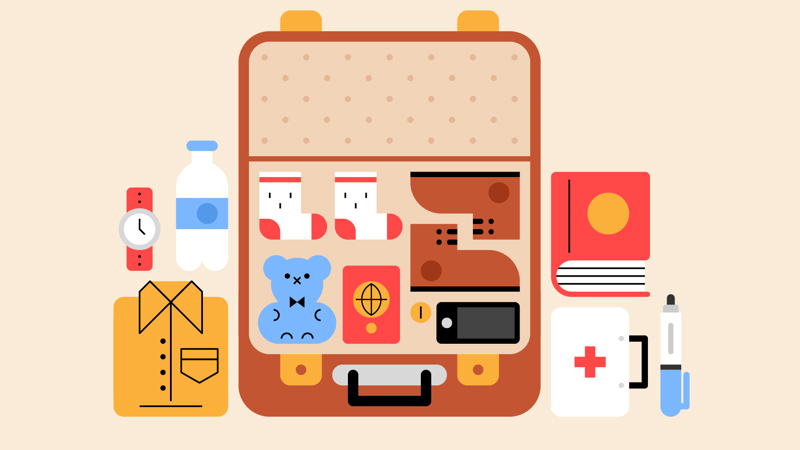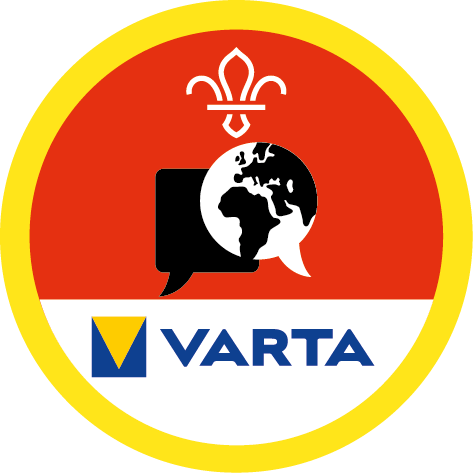
Refugee suitcase
You’ll need
- A4 paper
- Pens or pencils
This activity is perfect for taking part in World Refugee Day on 20 June.
- Use the factsheet to make sure that everyone understands what a refugee is, some of the reasons people might become refugees, and what World Refugee Day is.
This is also a great opportunity to answer some questions, and challenge any misconceptions people might have.
- Give everyone a piece of paper and a pen. They should draw a suitcase on their paper, with enough space for five items.
- Everyone is going to go on a journey, to explore what being a refugee might feel like. They can take five items with them on their journey. Everyone should draw their five favourite things in their suitcase.
- It’s time to leave, but the suitcases are too heavy. You need to leave one item behind. You can choose which one – but you need to cross it out.
In this activity, all items weigh the same – people don’t need to choose items to take out because of how heavy they are.
- You’ve reached a border, with your four items. An official takes one of your items, as payment for you crossing the border. You can’t choose what they take – a neighbour should cross out one of your items.
- You take your suitcase, with its three items, onto a bus. The journey is very rough, and another item gets broken. Close your eyes, wave your hand in front of you, then point to your suitcase. The closest item to your finger is broken – cross it out.
- You’ve finally found a safe place to stay – but it’s very small. There’s only room for you and one of your items. Which one do you choose? How do you make that choice?
- Now everyone has just one item left. Talk about how the journey made you feel – you could think about questions such as:
- How did it make you feel when you lost your objects?
- Did it feel the same each time, or were some losses worse than others?
- What sorts of things did you think about when you had to make your final choice?
Reflection
This activity encourages you to respect and trust others, including people who have different backgrounds to you. How do you think we should treat refugees and asylum seekers, who have experienced those sorts of situations for real? How can you show respect to refugees and asylum seekers? Why is it important to trust refugees?
This activity also reminds you that you’re a local, national, and international citizen. Are there things you could do locally, nationally, and internationally to help people who are refugees? What sort of international responsibilities do we have to refugees and asylum seekers?
Safety
All activities must be safely managed. You must complete a thorough risk assessment and take appropriate steps to reduce risk. Use the safety checklist to help you plan and risk assess your activity. Always get approval for the activity, and have suitable supervision and an InTouch process.
Speak to parents and carers before this activity, in case anyone has experience of any of the issues you’ll be exploring.
This includes fleeing any situation with a limited number of belongings, not necessarily just seeking asylum. You may need to adapt or change this activity.
All Scout activities should be inclusive and accessible.
More activities around World Refugee Day are in the Scouts' Refugee response resource. You could develop this topic into a bigger project, to work towards the Community impact Staged Activity Badge. Discover our guidance for international crises here, or support refugees and displaced children with these activities.
